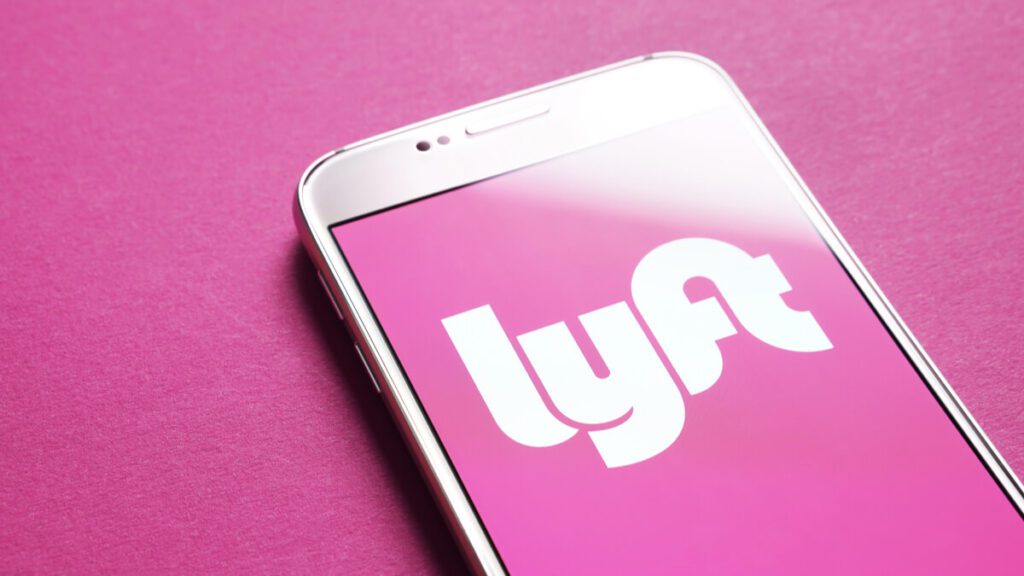
Lyft is still feeling the pandemic’s severe impact on the ride-hailing industry but its third-quarter results show signs of a recovery from the previous three months when passengers stayed locked down.
The San Francisco-based company brought in $499.7 million in revenue in the three months that ended Sept. 30. That was down 48% from the same time last year.
But it was up 47% from revenue in the April-June quarter. And while the number of active riders plunged to 12.5 million in the latest quarter, down 44% from the same time last year, that figure was up 44% from the second quarter.
Lyft’s stock rose about 5.5% in after-hours trading following the release of the earnings report.
“I want to acknowledge that 2020 has been challenging on many fronts,” said Logan Green, co-founder and CEO of Lyft, in a conference call with investors Tuesday. “We’re proud of our team’s execution. And we remain focused on controlling what we can to support the recovery and accelerate our path to profitability.”
Lyft lost $459.5 million in the third quarter, or $1.46 a share, compared with a loss of $463.5 million, or $1.57 a share, a year earlier.
Despite the losses, Lyft had reason for optimism after prevailing last week in California, where voters passed Proposition 22, allowing it and other app-based transportation companies to continue treating their drivers as contractors instead of employees. That victory spares the company from paying for benefits such as sick time and other expenses steep enough that Lyft had threatened to shut down operations in the state.
“We’re thrilled by the outcome of Proposition 22, and the opportunity it creates to work with legislators across the country on similar solutions,” Green said.
Lyft, Uber, DoorDash and others spent a combined $200 million pushing the proposal.
Lyft’s revenue from bikes and scooters was up about 40% during the quarter. “Bikes and scooters were a bright spot during the quarter, further validating our diversified approach transportation,” said John Zimmer, president and co-founder of Lyft.
Ride-hailing companies Uber and Lyft have been recovering quicker than expected, and “this was a key step in the right direction with signs of demand improvement for Lyft after this dark storm,” said Dan Ives, managing director of equity research at Wedbush Securities. “Overall the move towards profitability, AB5 (the California law requiring Lyft to treat drivers as employees) in the rear view mirror, and consumer demand showing signs of a demand rebound are bullish for Lyft.”
After significantly reducing costs by restructuring in the second quarter, Lyft Inc. said it expects to have its first profitable quarter at the end of 2021.
On its last earnings call, Lyft executives had discussed how in some markets, rebounding demand was outpacing the supply of available drivers.
“Since then, this issue has become less pronounced and we have been pleased with the improving balance in our marketplace,” Green said.
NEW YORK (AP) — By CATHY BUSSEWITZ AP Business Writer.